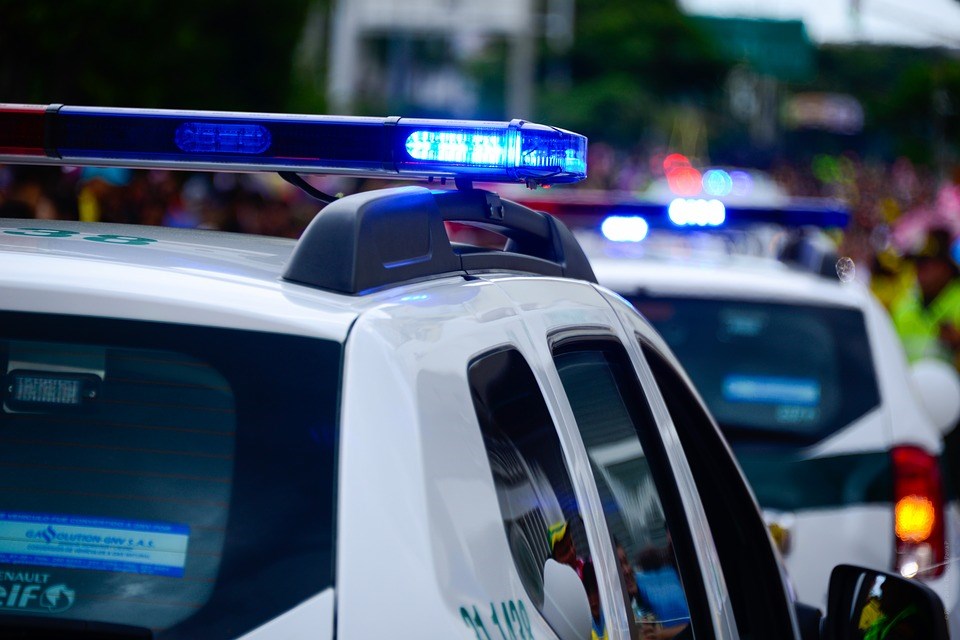It is crucial that citizens keep a watchful eye on its police.
Officers wield a lot of power in any society and, as has been seen in several countries around the world, they can be used for ill if left unchecked.
Canada’s RCMP hasn’t done itself any favours in the past. The force must continue to repair the distrust it has earned in many Indigenous and minority communities.
And there have been very public reports of a toxic culture within the RCMP – especially for its female officers.
There has always been a strain between media and police. We want information, and they control whether we get it. We often disagree with their decisions in this regard.
But these flaws and concerns don’t justify the disrespectful and bitter criticism some in Squamish express toward RCMP officers.
When it was revealed last week that the Independent Investigations Office was looking into a recent tragic incident of a pedestrian who was struck in Squamish by a police vehicle, the local hive mind of the internet immediately turned against the officer.
Few facts are known, and yet the officer was quickly tried and convicted in the local court of public opinion. All of those judging from behind a keyboard could not have all been witnesses.
The investigation will ultimately reveal what happened in this particular case, but the more significant issue of anger toward officers only because of their uniform is troubling.
The force’s commitment to Canadians includes “unbiased and respectful treatment of all people,” and yet officers are not always given that in return.
Over the last few years, the institution has acknowledged its flaws and steps have been taken to bridge gaps and improve its culture.
The force now aims to be more inclusive, which is good for every community. As of February, 2017, the percentage of female Commanding Officers had increased to 31 per cent from 12.5 in 2011. Successful female applicants in the Officer Candidate Program rose to 62 per cent from 24 per cent in 2011/12. Brenda Lucki was recently appointed Canada’s first permanent female RCMP commissioner.
A 2013 report on the RCMP recommended its regular workforce include 30 per cent women, 20 percent visible minorities and 10 per cent Indigenous members by 2025.
As of 2016, 11 per cent were visible minorities, and seven per cent were Indigenous. There’s still work to be done, but progress is being made.
In our newsroom, we have definitely noticed a shift in the openness of our local detachment, especially under Staff Sgt. Jolaine Percival. We welcome this shift.
Squamish officers are our neighbours, so let’s treat them that way. Get to know them before passing judgment. They are, after all, just people, but charged with keeping us safe whether we like them or not — a heavy burden to be sure.



